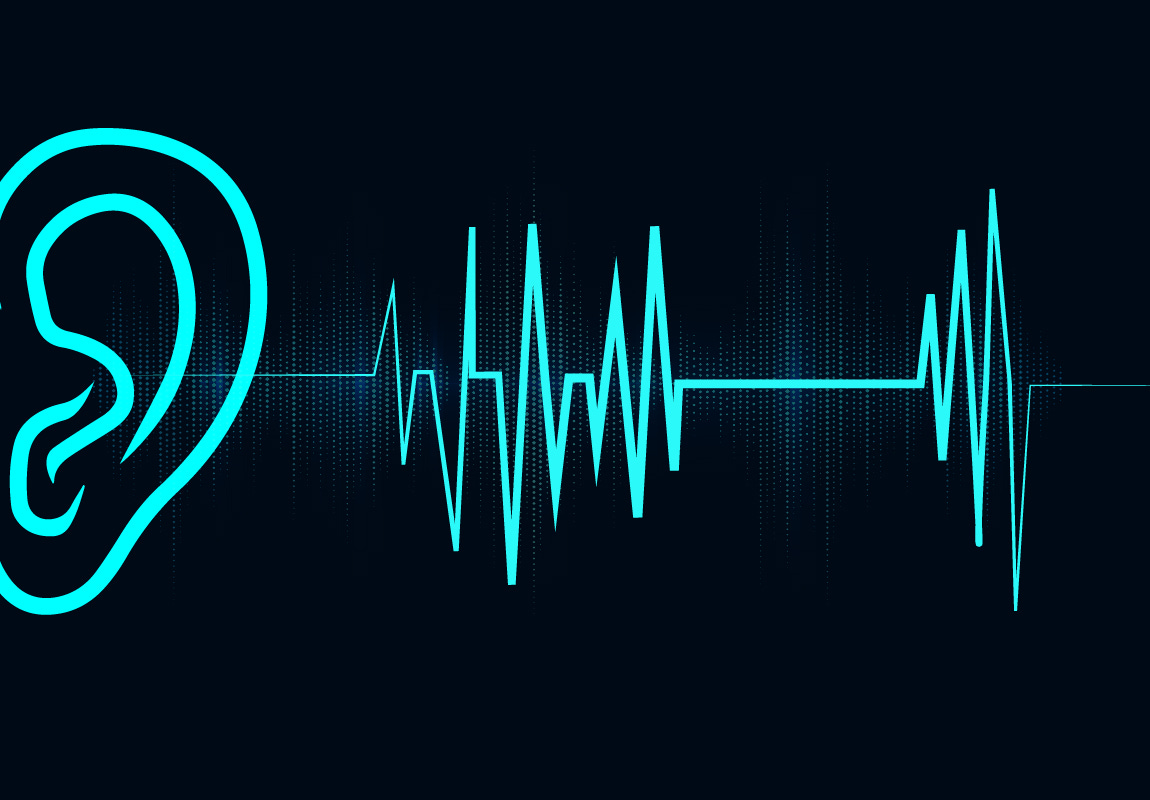We live in this world and experience it with our five senses. Hearing, sight, touch, smell, and taste make survival possible here by helping us gather and respond to information about our environment. All five senses are equally important, and they complement each other too. The sense of hearing enables us to hear sound which in turn is an inevitable part of our social and individual life.
In physiology, sound is defined as the reception of sound pressure waves by the ears and their subsequent perception by the brain.
Without sound, we might feel alienated in a world which is populated by a vast variety of sounds. Soothing music, chirping of birds, loud noises in the crowd and so on help us be in touch with our environment. Have you thought of how sound originated and how we came to hear it?
How we hear sound
According to Britannica, in physics, sound is just a vibration that propagates through a medium in the form of a mechanical wave. That medium could be either gas, liquid, or solid. Sound travels slower in gases and liquids but faster in solids.
In physiology, sound is defined as the reception of sound pressure waves by the ears and their subsequent perception by the brain. Let us look at this scientifically. Sound waves travel in all directions. A sound wave is the pattern of disturbance caused by the energy travelling away from the source of the sound. According to Britannica, sound waves are basically of two types: longitudinal waves and transverse waves. This is differentiated by the way the sound waves are propagated.
In the case of a transverse wave, the wave generated when a stretched rope is wiggled back and forth, the motion that constitutes the wave is perpendicular or transverse to the direction along the rope in which the wave is moving.
If you have a point of source for the sound, its energy will radiate through air or other mediums in the case of a longitudinal wave. This mechanical vibration constituting the wave occurs along the direction of propagation of the wave. Since the air particles move as longitudinal waves, there are regions where they are compressed together and in some other regions, these air particles will spread out. These regions are called compressions and rarefactions.
The continuous back and forth motion of air particles results in high-pressure and low-pressure regions in the medium. They are transported to the surrounding medium, resulting in the sound waves travelling from one medium to another. The compressions are regions of high air pressure, while rarefactions are regions of low air pressure. This is how sound waves travel and this is how we are able to hear sound.
Different hearing ranges
Can we hear every sound around us? Definitely not! According to NASA’s official website, the nature of the sound produced by different sources will differ according to various attributes. The difference depends on frequency, wavelength, and amplitude. The frequency of sound differs from one source to another. Ultrasonic sound is the sound waves with frequencies higher than 20,000 Hz (20 kHz). This is not different from audible sound in its physical properties, but it is inaudible to us. Ultrasonic sound is commonly used in the medical field.
Hard surfaces have the tendency to reflect sound, but soft surfaces absorb sound and silence them.
Infrasonic sound waves have frequencies lower than 20 Hz. Even though we cannot hear low-frequency sounds, elephants, whales, and some other animals can detect infrasonic sound and use this to communicate. This is how animals are able to detect earthquakes, volcanic eruptions, and other natural disasters easily.
Speed and reflection
Sound waves that travel through different mediums will have different speeds too. This depends on the medium. According to the article The Science of Sounds published on NASA’s official website, sound travels with the highest speed in solids because the atoms in solids are tightly compressed. The interaction between the atoms in a particle depends on the distance between them. Since solids have higher interaction between atoms, they transfer the sound waves faster than in gases and liquids.
Reflection of sound is similar to reflection of light. When a sound wave hits a hard surface, it reflects back to its source. This reflection of sound is commonly called echo. Hard surfaces have the tendency to reflect sound, but soft surfaces absorb sound and silence them. If the frequency of the sound wave is very low, the sound will not be reflected. We hear multiple echoes when in large areas like valleys or huge, empty rooms. This is because there the sound has one source and multiple reflecting surfaces. This phenomenon is called reverberation.
Decibel
Our ears can respond to both very small and large pressure waves by virtue of being nonlinear. That is, our ears respond much more efficiently to sounds of very small amplitude than sounds of very large amplitude. Since our ears are nonlinear in sensing pressure waves, a nonlinear scale is convenient to describe the intensity of sound waves. That is why it is measured by the sound intensity level, or decibel level, of a sound wave.
Doppler Effect
According to Britannica, Doppler Effect, or Doppler Shift, happens when a source of sound is moving with respect to an observer. When an ambulance passes you, the sound of the siren becomes lower in pitch. Behind the ambulance, there are fewer vibrations per second, and so a lower intensity sound is heard. This change in pitch is known as the Doppler Effect.
Write down your thoughts on sound and sound waves and discuss them with your students, children, and your colleagues. Listen to their views and compare them with your own.
How would you describe the term “Doppler effect” to your students?
Can you think of how we hear sound?
Thank you for listening. Subscribe to The Scando Review on thescandoreview.com.
Happy Teaching!














The physics of sound and sound waves